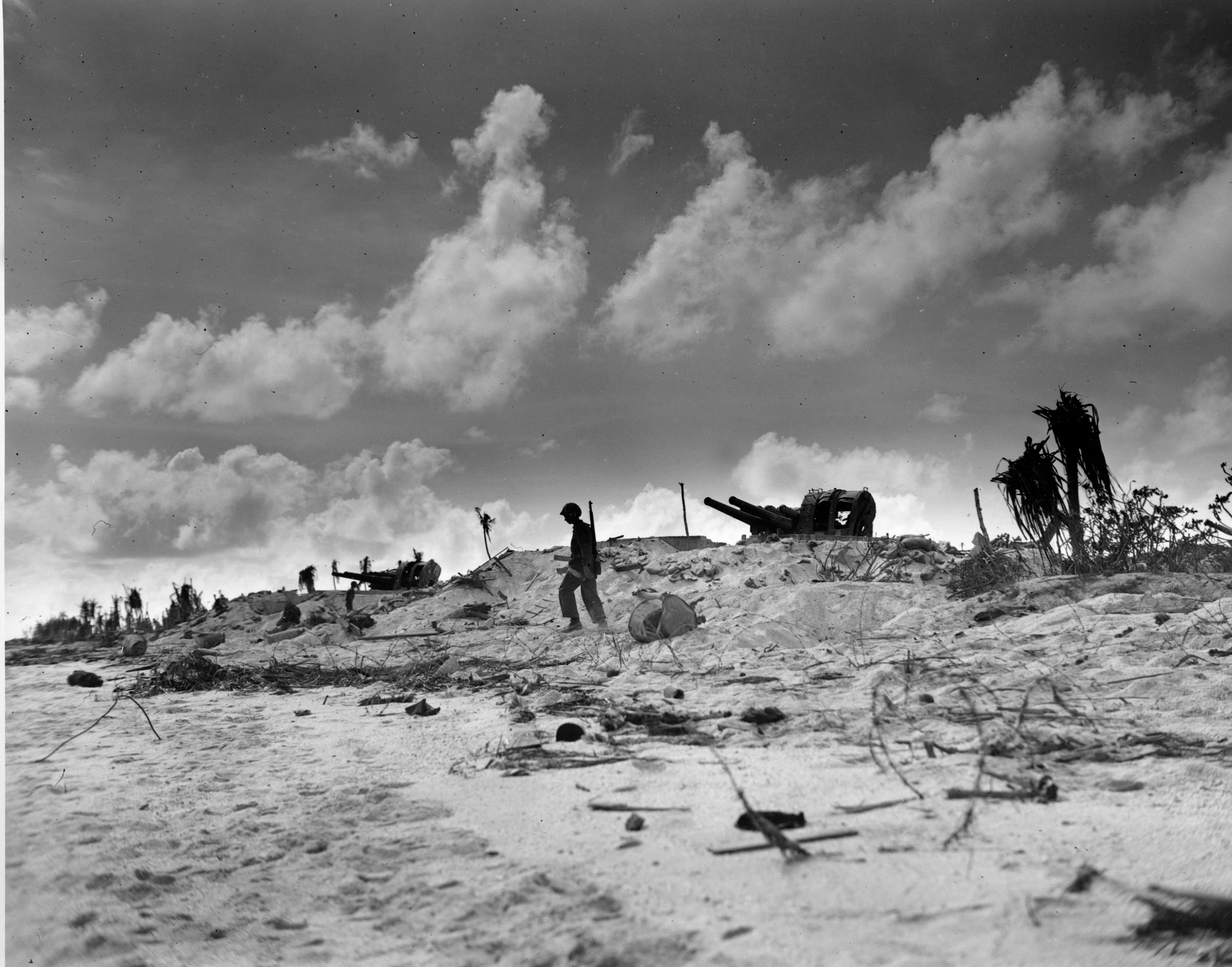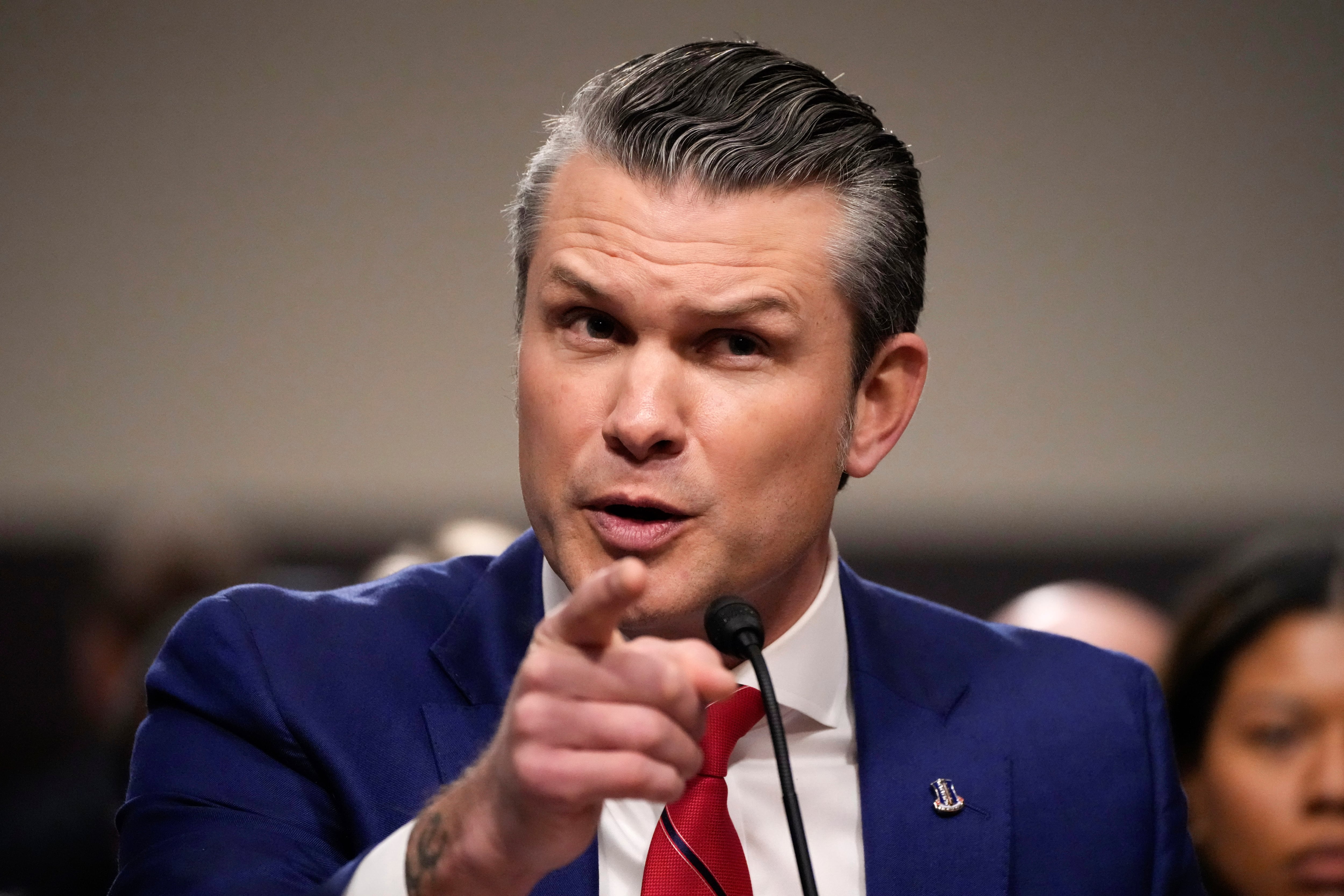ALBANY, N.Y. — Nancy Lewis never knew the uncle everyone called Joey, but the stories her grandmother would tell of the son who didn’t return from World War II made it seem like he was still around.
“She made him so real for us,” Lewis, 73, said as she and other family members awaited the arrival at Kennedy Airport on Friday of a flight carrying the casket with the remains of Marine Corps Pvt. Joseph Carbone. The Pentagon announced in July that his remains had been identified among those of other unknown servicemen killed in a bloody Pacific battle and reburied in Hawaii after the war.
The 20-year-old Brooklyn native was serving with the 2nd Marine Division when he was killed during the assault on Tarawa atoll in the Gilbert Islands, about 2,400 miles southwest of Hawaii, on Nov. 20, 1943. He died early on the first day of the three-day battle to take the tiny coral island from the Japanese.
One of six children born into a tightknit Italian-American family living near the Brooklyn Navy Yard, Carbone was 19 when he enlisted in the Marines, a year after the Pearl Harbor attack.
Less than a year later, he was among the first waves of U.S. Marines and sailors to land at Tarawa. When the battle was over, more than 1,000 Americans were dead, along with nearly all the 5,000 Japanese soldiers defending the island. Carbone was listed as killed in action and his remains deemed unrecoverable.
Hundreds of the Americans who died were hastily buried in dozens of locations on Tarawa, where U.S. engineers quickly got to work repairing the airfield. Some of the gravesites were paved over or otherwise lost. After the war, military teams disinterred more than 500 sets of remains and took them to Hawaii in an attempt to identify them. Those that couldn’t be identified were reburied as unknowns at the National Memorial Cemetery of the Pacific in Honolulu, known as the Punchbowl.

A few years ago, Lewis learned of ongoing efforts to identify missing-in-action servicemen from WWII. She provided a DNA sample to the Pentagon office in charge of recovering and identifying the nation’s war dead. The move paid off when military officials used her DNA to help identify Carbone’s remains, which had been exhumed last fall from the Punchbowl after the Pentagon approved the exhumation of 94 sets of remains of Tarawa unknown servicemen.
“I was ecstatic,” said Lewis, a retired receptionist.
Lewis expects about 60 relatives to attend Carbone’s funeral on Saturday at a Catholic church in Brooklyn. Burial with full military honors will be in the Queens cemetery plot where Carbone’s parents are buried. Like many parents of WWII servicemen who were listed as missing in action, the Carbones reserved a gravesite for their son in the family plot.
“My grandmother went to her grave believing he was alive,” Lewis said.





